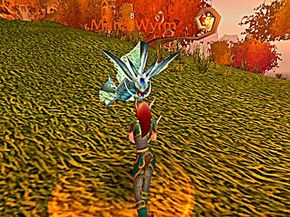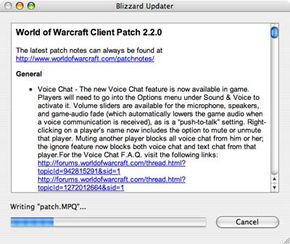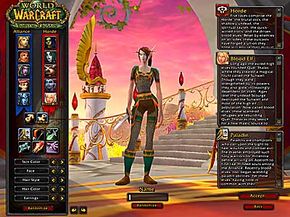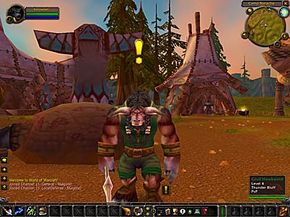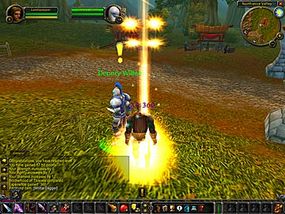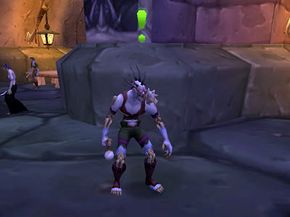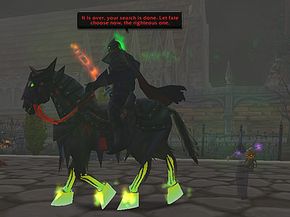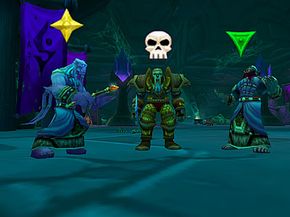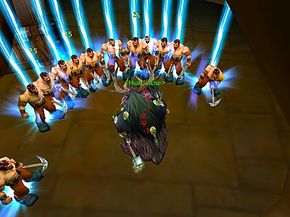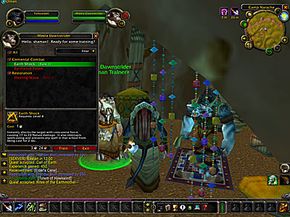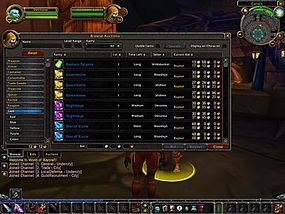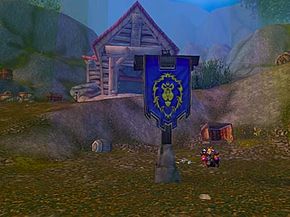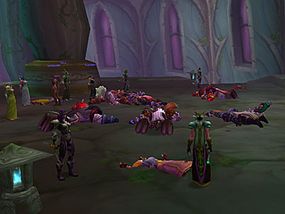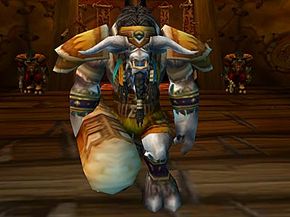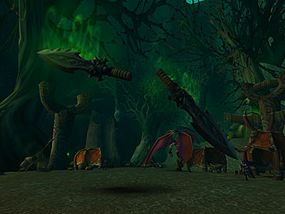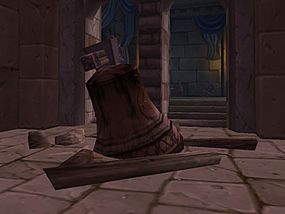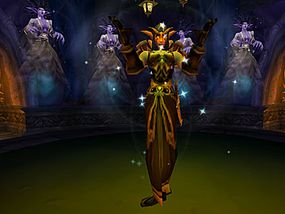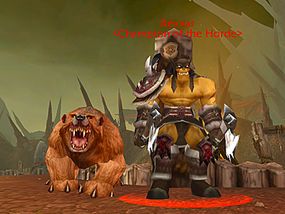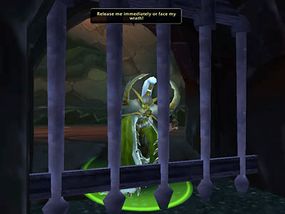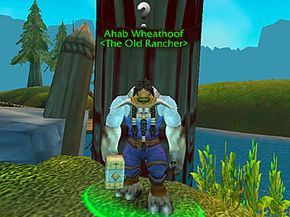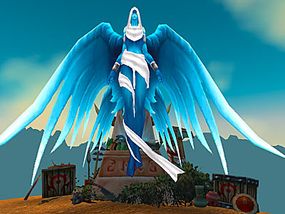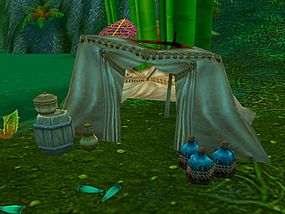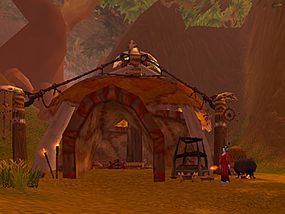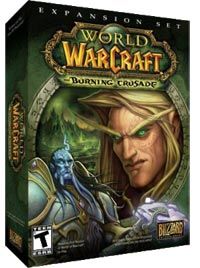When a brand-new "World of Warcraft" (WoW) character steps into the virtual land of Azeroth, the world doesn't usually seem all that threatening. Newly minted characters take their first steps in a starting zone that's protected from the rest of the world by mountains, water or walls. Different races have different starting zones, but they're all pretty similar. You pick up easy quests from characters who tell you exactly what you need to do to complete them. If you get confused about what to do, you can read your quest log for advice, and if you get lost on your first trip to the big city, you can ask a guard for help. For the first few levels, nothing even attacks you unless you attack it first.
But 69 levels later, you could be standing toe-to-toe with Illidan Stormrage, the Betrayer -- the immortal night elf who gained demonic powers when he consumed the skull of Gul'dan. If that doesn't sound impressive to you, think of it this way -- Illidan has more than 5 million hit points. Most "World of Warcraft" characters start out with around 50, and some have fewer than 40.
Advertisement
A lot happens between accepting a quest to kill a few kobolds and getting your first glimpse of Illidan's fiery eyes. And if you look at it from a big-picture perspective, the whole thing can be overwhelming. "World of Warcraft" is huge. With the expansion pack, "The Burning Crusade," there are three continents -- two in Azeroth and one in the off-planet world of Outland. A second expansion, "Wrath of the Lich King," adds another continent, Northrend.
The expanded game has 10 playable races and nine character classes, from warriors to priests. There's also a "hero" class, the death knight, available to players who have at least one character of level 55 or higher.
No matter what class you play, you can choose from one of several professions, and you can customize your character's abilities by picking skills from one of three talent trees. All of the decisions you make about your character's skills and abilities have an impact on how you play the game.
The good news is that the sprawling world of Azeroth uses simple concepts to build a complex game system. The game itself teaches people how to play, and there are lots of resources, both inside the game and out, for finding answers to questions. In this guide, we'll look at some of the most common questions about playing -- and succeeding. We'll start with a quick overview of how to install the game and what the first few levels are like.
